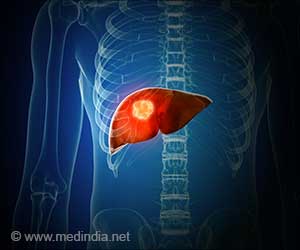Researchers have proposed the development of a new class of supercomputers that would help in improving global climate predictions.
A team of three researchers has proposed the development of a new class of supercomputers that would help in improving global climate predictions.
The researchers, who are from the US Department of Energy's Lawrence Berkeley National Laboratory (Berkeley Lab), have proposed the use of a supercomputer with low-power embedded microprocessors, an approach that would overcome limitations posed by today's conventional supercomputers.For this purpose, Berkeley Lab has signed a collaboration agreement with Tensilica, Inc. to explore the use of its Xtensa processor cores as the basic building blocks in a massively parallel system design.
Tensilica's Xtensa processor is about 400 times more efficient in floating point operations per watt than the conventional server processor chip shown here.
The researchers have presented a radical alternative that would cost less to build and require less electricity to operate.
According to them, a supercomputer using about 20 million embedded microprocessors would deliver the results and cost 75 million dollars to construct.
This "climate computer" would consume less than 4 megawatts of power and achieve a peak performance of 200 petaflops.
Advertisement
Using the embedded microprocessor technology used in cell phones, iPods, toaster ovens and most other modern day electronic conveniences, the researchers propose designing these energy-efficient high-performance scientific computer systems for running these models and improving climate predictions.
Advertisement
By developing a cloud system model at the 1-km scale, weather experts would be provided rich details that are not available from existing models.
The "climate computer" would not remain only a concept.
Wehner, Oliker and Shalf, along with researchers from UC Berkeley, are working with scientists from Colorado State University to build a prototype system in order to run a new global atmospheric model developed at Colorado State.
Source-ANI
SPH





